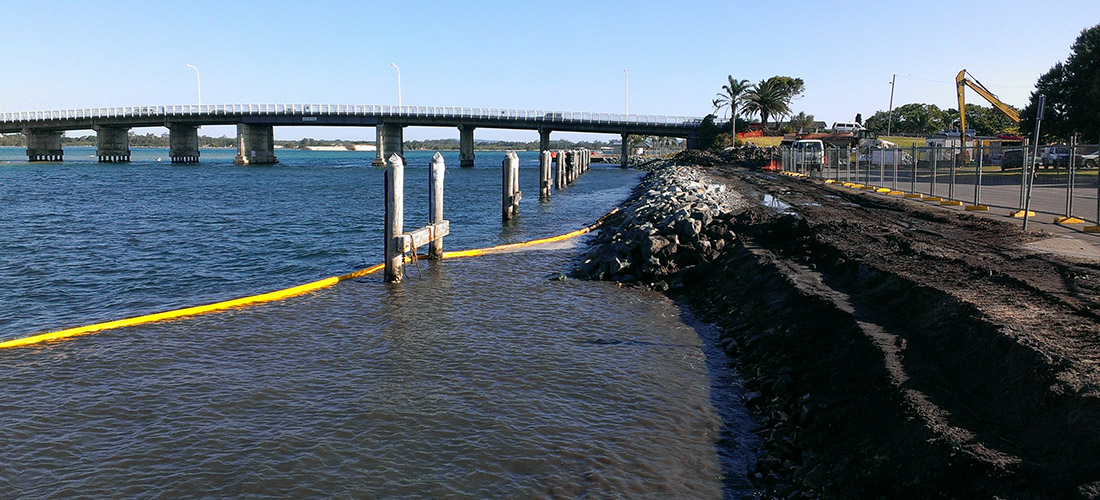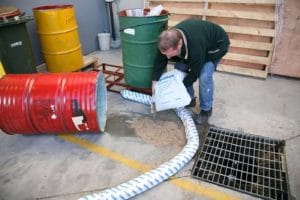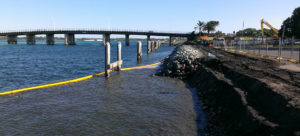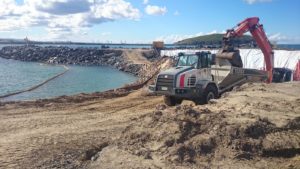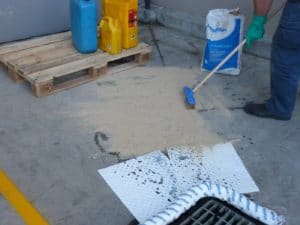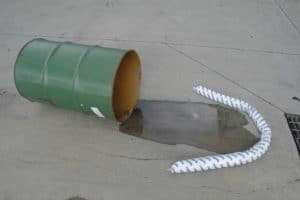At the risk of stating the blindingly obvious, there is an increasing community focus on the actions of marine construction activities (and companies) to prevent pollution of our waterways. We, as a society, have applied the veritable blow torch to the environmental managers within these businesses to not only improve their environmental performance, but also to demonstrate how they are improving their performance. The microscope through which we are watching these businesses extends to land based construction as well. But today I’d like to discuss some of the environmental aspects of marine activity. After all, at the time of writing this article there is approximately 200 million cubic metres planned for dredging out of various Western Australian marine operations. That’s a serious amount of sea bottom!
The term ‘marine construction’ can imply a range of different types of activities. The overwhelming similarity between all of them (including their land based counterparts) is their capacity to input potentially contaminated silt & sediment into clean waterways. Land based construction companies need to exercise storm water management strategies. The marine construction industry, on the other hand, faces more complex issues in their pollution prevention measures. These issues include stakeholder involvement, community support, regulatory body approval and continual environmental performance monitoring – even after the completion of the operation.
Think for a moment of muddy river bed, or beach. Whilst the water may be clean and clear all the way to the bottom, the slightest action – like simply scooping out a handful of the silt with your hand – can stir up a cloud of ‘dust’ in the water. This cloud, otherwise known as silt or sediment, will settle at different rates according to its composition (coarseness). Another term for it is marine turbidity. In the interests of warm and fuzzy terminology we can call it cloudiness. Nicer, isn’t it?
In days gone by (actually decades) the treatment of the dredged material was of little consequence to neither the community nor the dredging companies. Scoop it out from here…. place it there. Make it deeper here…. make it shallower there. Simple. The cloudiness was a consequence of the dredging that just happened. It would disappear with the current in the water. No environmental issues to worry about since the world was clean. Wasn’t it?
But the incidence of a century of fuel driven vessels exhausting their unwanted spoils into the waterways, plus the obvious contribution of industry and, dare I say it, us, has changed the playing field. The sea bottom these days, particularly around major ports, rivers and harbours, contains a plethora of contaminants including heavy metals, chemicals, hydrocarbons and debris. These pollutants need to be contained to avoid them being transported through the waterways.
So… the obvious question… just how can you stop potentially contaminated dredged material from polluting our waterways?
I’m glad you asked.
A proven, and very popular, option is to use aquatic silt curtains – placed strategically in the waterway to retard the flow of water and enable the suspended silt to settle. This method involves using floating booms that include a geo-fabric filter medium acting as the curtain. A ballast – generally galvonised chain – holds the curtain vertically beneath the surface of the water, hence creating a barrier for silt but allowing water to pass. The size and strength of the boom should vary according to the conditions into which it will be deployed.
These marine booms range in type to include containment booms, silt control, fence booms, weed control booms and other specialty booms. But the most common and effective for silt control is the silt boom, silt curtain or aquatic curtain (they all mean the same thing).
Another less common and, arguably, less effective method is a product called an air curtain, or bubble curtain. This involves the installation of a flexible pipe with small holes across the bottom of the waterway that has air pumped through its length. The air forms a curtain of bubbles that interrupts the cloud (plume) enabling the silt to sink to the bottom. Of course this is less effective in areas with a current in the water, or in waterways that are too deep, but in some applications it can be effective.
If you are involved in waterways construction, marine engineering or any activity where turbidity (there – I said it) can be an issue, please talk to an expert.

